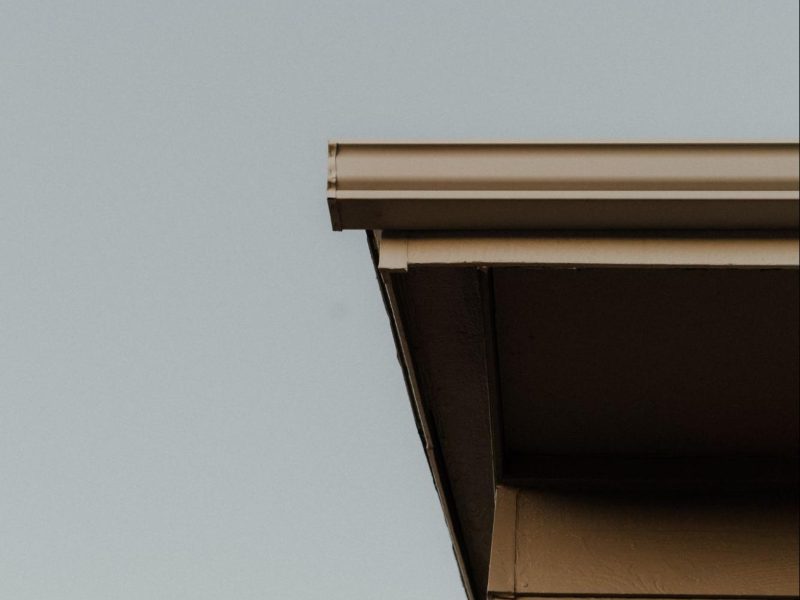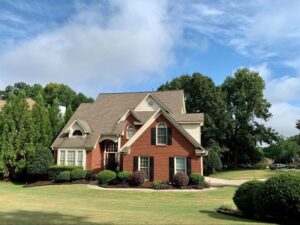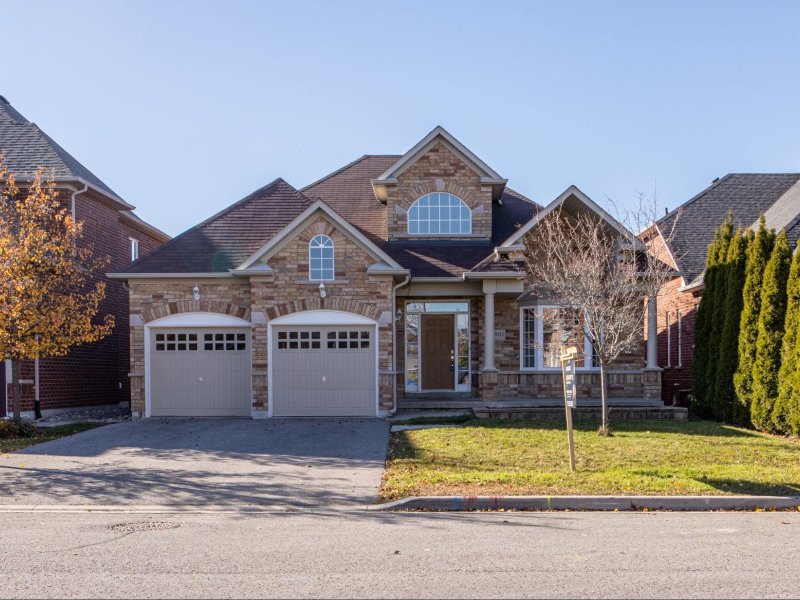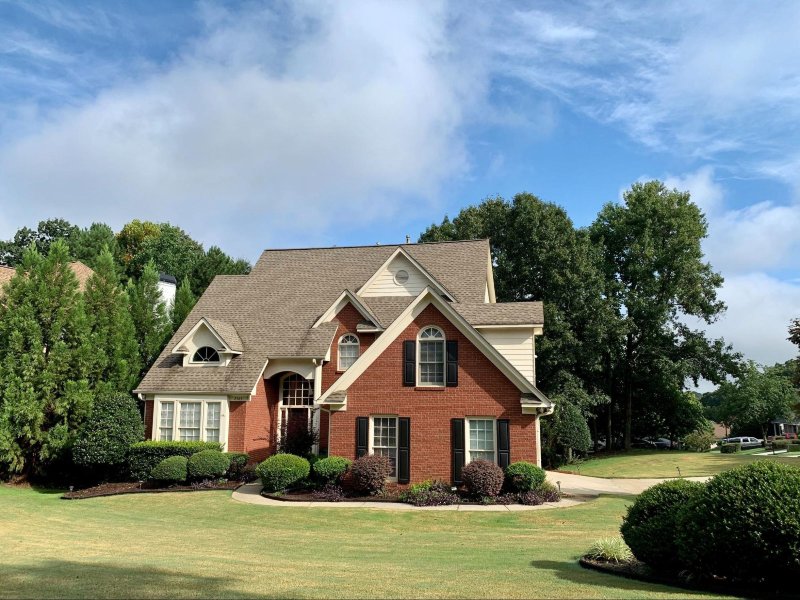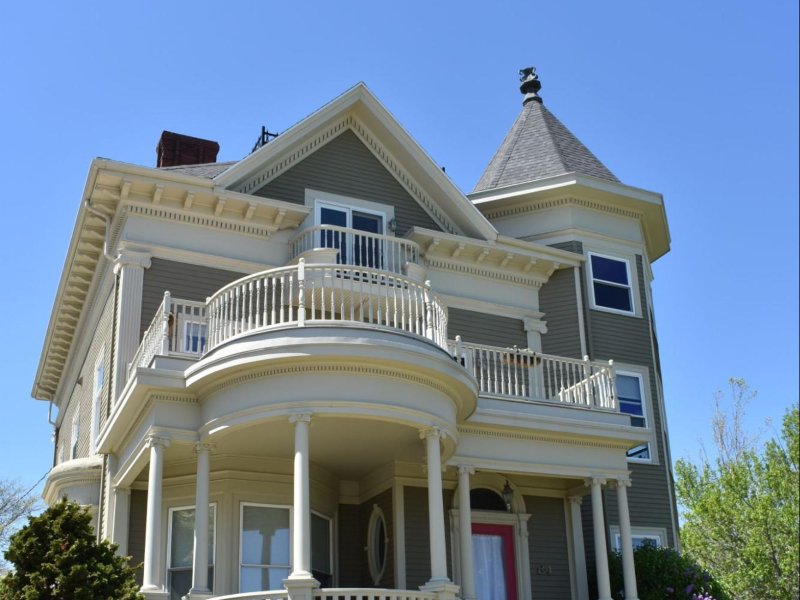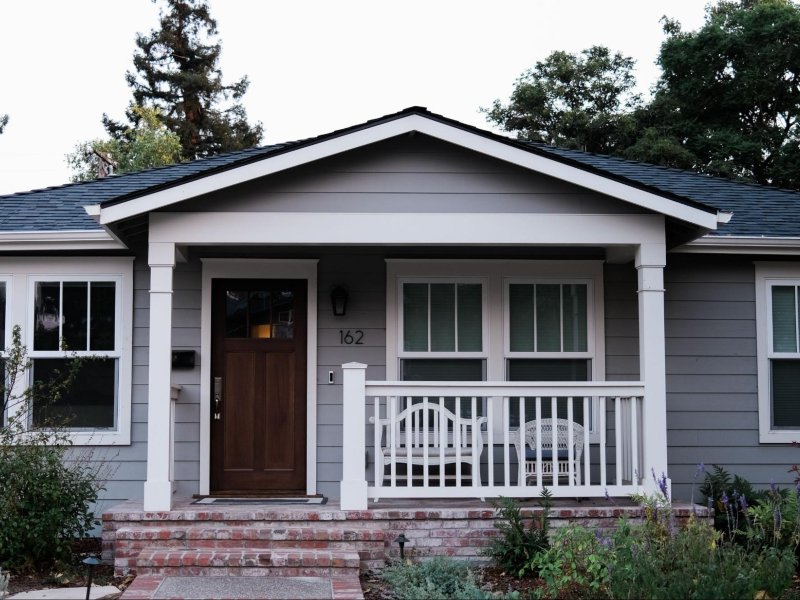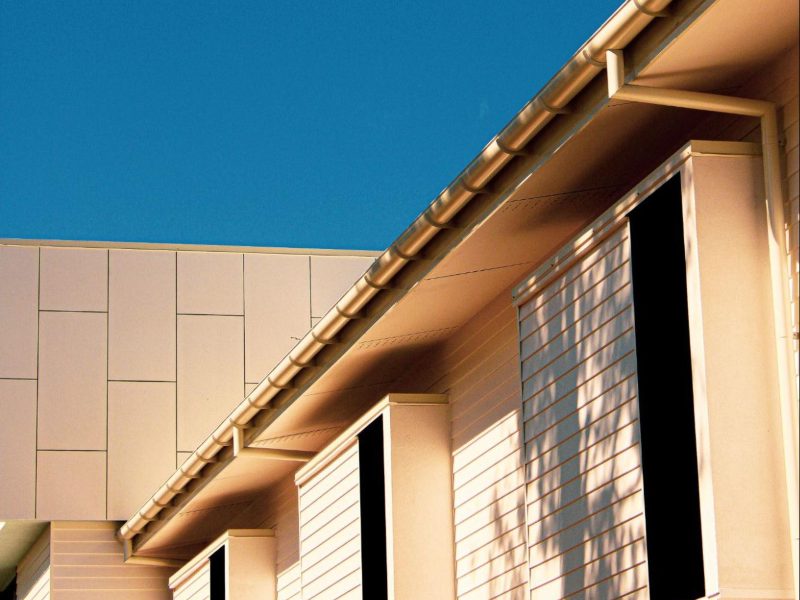Fascia boards are an essential component of any roofing system. They are the horizontal boards that run along the roofline, connecting the roof to the house and supporting the gutters. Fascia boards not only provide an aesthetic finish to the roof but also protect the roof and home from water damage. Over time, however, fascia boards can become damaged and need repair or replacement. In this article, we’ll discuss the signs of fascia board damage and how to repair or replace them.
Water Damage
One of the most common signs of fascia board damage is water damage. When fascia boards are damaged, water can seep in and cause rotting or warping. If you notice water damage around the fascia boards, it’s important to act quickly to prevent further damage to your roof and home.
Pest Infestation
Fascia boards are an attractive target for pests such as termites, carpenter ants, and rodents. If you notice signs of a pest infestation, such as sawdust, chewed wood, or holes in the fascia boards, it’s essential to address the issue as soon as possible.
Peeling Paint
If the paint on your fascia boards is peeling or flaking, it may be a sign of water damage or rot. Peeling paint can also be an indication that it’s time to replace the fascia boards.
Sagging Gutters
Fascia boards support the gutters, so if the gutters are sagging, it may be a sign of fascia board damage. In addition,if the gutters are not properly supported, they can become clogged with debris, leading to water damage and other issues.
How to Repair or Replace Fascia Boards
To remove the damaged fascia board, start by removing the gutters. Then, use a pry bar or hammer to remove the nails or screws holding the fascia board in place. Be careful not to damage the surrounding boards.
Install a New Fascia Board
If you’re replacing the fascia board, then it is important to measure the length of the board and cut the new board to size. Afterward, you should attach the new board to the rafters using nails or screws. Make sure the new board is level and flush with the surrounding boards.
Paint or Stain the Fascia Board
Once the new fascia board is installed, it’s important to paint or stain it to protect it from water damage and other issues. Then, choose a paint or stain that is designed for exterior use and matches the color of the surrounding boards.
Reattach the Gutters
Finally, reattach the gutters to the new fascia board using gutter brackets or hangers. Make sure the gutters are properly supported and sloped to allow water to flow freely.
Fascia boards are an essential component of any roofing system. If you notice signs of fascia board damage, such as water damage, peeling paint, or sagging gutters, it’s important to address the issue as soon as possible. By inspecting the damage, removing the damaged fascia board, installing a new board, and painting or staining the board, you can ensure that your roof and home are protected from water damage and other issues.

